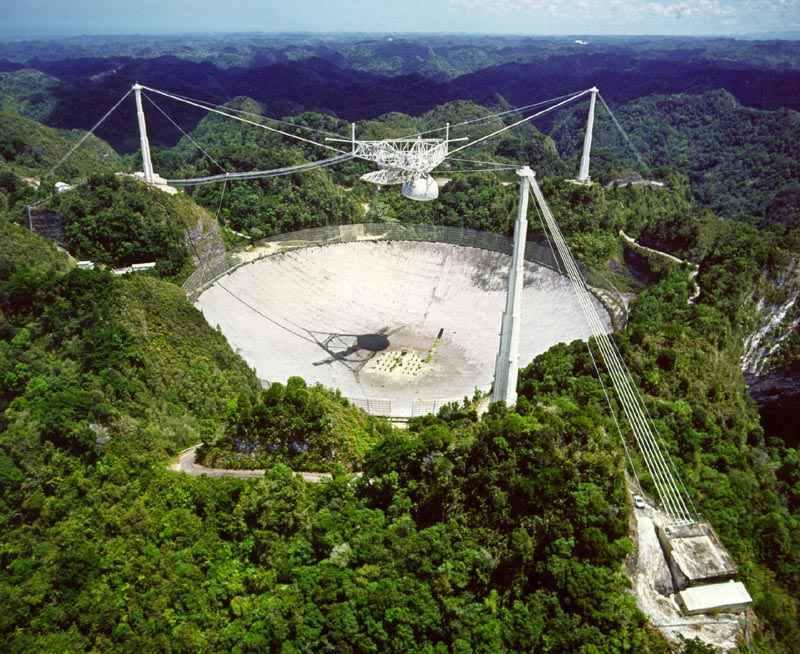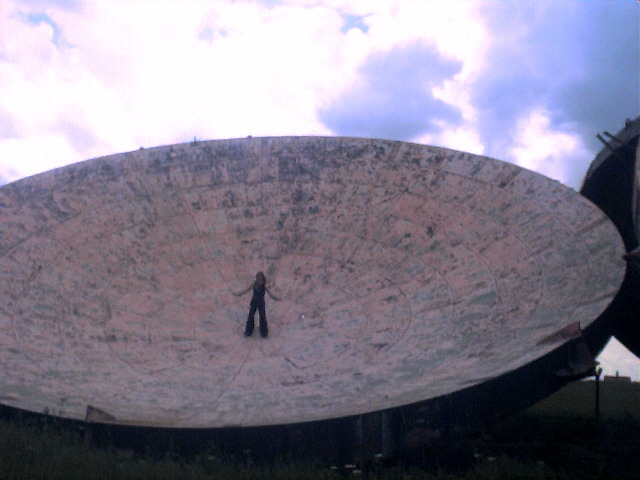LOWER
COST BROADBAND SATELLITE
INTERNET BACKHAUL FOR
AFRICA
By
Henry O’Tani: www.wlan.org.uk
In fair judgement, the current end user charges made for internet
connectivity outside of Europe and N. America in
locations such as Africa and Latin America are
“extortionate”. That is to say, charges 10 - 100
times that of Europe for
the same service, exploit the lack of competitive
choice and the desperate need of end-users for service at
any price This
sad state of affairs is made possible by a
virtual monopoly and absence of practical alternatives.
It is of interest therefore to look into the technical
feasibility of purchasing and using European Direct Broadcasting
Internet Satellites “out of area” such
as to provide volume bandwidth to sites in Equatorial Africa and
Latin America at European
or North American prices.
The first observation is that the Equatorial Region due South of
Europe (Gold Coast of Africa) is only some 7.5
degrees “off axis” for a service
footprint beam pointed at U.K. latitudes.
This is demonstrated by the following scale drawing of the
geostationary satellite’s position in relation to the planet
Earth.
Fig.1
The beamwidth required for coverage of Europe is approx. 4
degrees… At the distance to satellite, the equator is
about 7.5 degrees from the centre of the beam..
(axis) Antenna beamwidth is normally given as the width between
points of measured half-power.. or 3dB)
Fortunately for Africa, radio antenna technology does not permit
the kind of sharply defined beam edges associated
with visible light, even at the 2.5cms wavelength
of K Band signals...
On the equator, the geostationary orbit is DIRECTLY
OVERHEAD….. A prime focus Parabolic dish antenna thus lies
more or less horizontal and can be carved or
moulded into the ground…
The requirement is a radio reflective surface with a parabolic
contour conforming to an accuracy of several
millimetres… (At 11GHz an error of +/-
2 mm will be negligible)
An impressive example of a huge antenna built into the ground is
the one at Arecibo shown below with a diameter of
305 metres …
Fig. 2.

No need to panic …. Ours doesn’t
have to be this big!
The actual loss of signal 7.5 degrees off the beam axis is
unlikely to be more than 13 -19dB (20-80th) so for
Gold
Coast ..Gambia / Cameroon a 4 to 8 metre diameter
dish would probably be fine… (a similar examination of
the use
of a low cost USA satellite in Brazil
worked out as a 14 dB loss needing to be made up for. )
On site measurements of the actual satellite signals required
will be necessary to determine how large the “ground
station dish” must be…
Assuming a 1 metre diameter dish is completely adequate for
service in the U.K. .. Basic Physics demands that moving
out of the main beam axis requires a larger dish
to compensate for the progressive loss of signal. Doubling dish
size
increases power by a factor of 4 (or
approx. 6dB).
Fig. 3 Required dish size thus…
| Required
Extra gain
in dB |
Relative
Working Signal Strength |
Power ratio |
Diameter
of dish needed |
0 |
|||
|
0 |
100% |
- |
1m |
|
6dB |
25% |
4 |
2m |
|
12dB |
6.25% |
16 |
4m |
|
18dB |
1.562 |
64 |
8m |
|
24dB |
0.39% |
254 |
16m |
|
30dB |
0.097% |
1024 |
32m |
|
36dB |
0.024% |
4096 |
64m |
|
42dB |
0.0061% |
16384 |
128m |
Here is a 16 metre diameter dish…
Fig. 4

If one is governed by the individualistic self-serving commercial
ethic, dishes these size (16m) are far too large
for any individual…but are inconsequential
for a large co-operatively organised (civilised & friendly)
town or city community…
Communal Distribution
Once “backhaul” has been established it can be
distributed at very low cost over tens and hundreds of kilometres
using
the amateur and community internet
technologies developed by enthusiasts around the world as
promoted by the
original community wireless internet site http://www.wlan.org.uk/operational_wlan_sites.html
DIY client equipment with 20 Km or more range can be made for
under US $25…